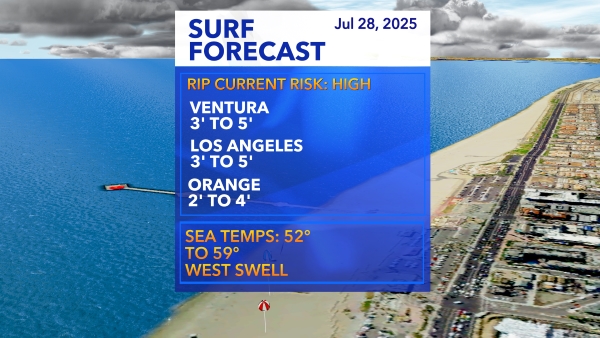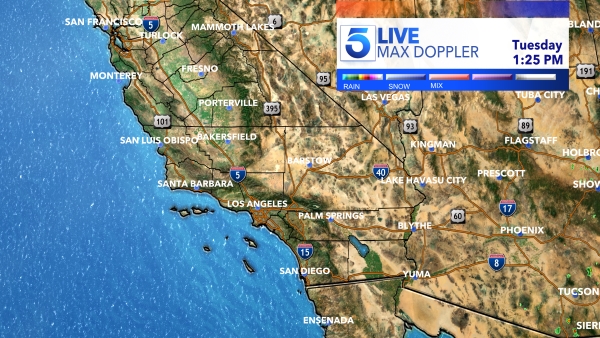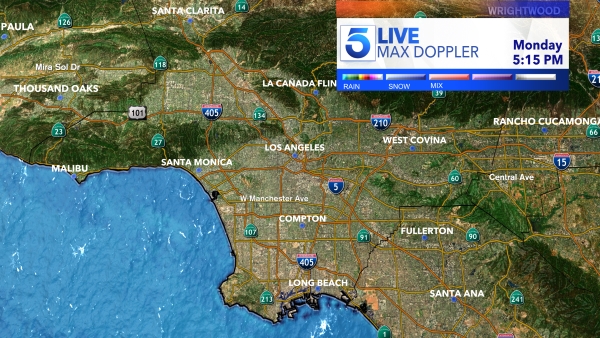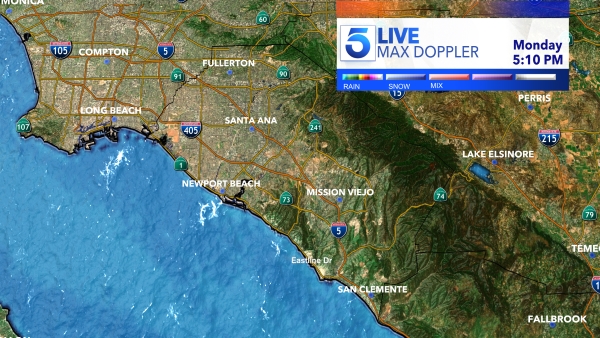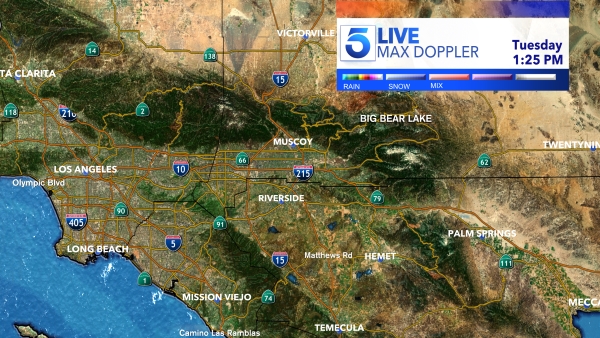Californians know better than to dream of a white Christmas, but many Golden State residents might not need to bust out a coat this holiday season.
The National Oceanic and Atmospheric Administration released its predictions Thursday for the next three months, showing most of California is in for above-average temperatures through the end of the year.
A large swath of the country, seen on the map below, is shaded in orange, indicating a higher probability of above-average temperatures between November and January.
Far northern California is most likely to see a warm winter. The Bay Area has a 40% to 50% chance of above-average heat, while most of Southern California has a 33% to 40% chance.

The parts of the U.S. most likely to be unseasonably warm are New England and the Pacific Northwest, which is consistent with the El Niño pattern we’re expecting.
El Niño can also make for a wet winter in California, especially the southern half of the state. However, this year the rain chances are murky. NOAA gives California an equal chance of above-average, below-average and average precipitation through January 2024.
Meanwhile, down south, it’s looking like a wet winter for the Gulf, Texas, and the Southeast, even after hurricane season officially ends on Nov. 30.

But before you take these maps as a promise, remember the outlook is meant to indicate probabilities for temperatures and precipitation over a three-month period. It can’t be used to predict the weather on any specific day this winter. You’ll need to wait until we get closer to really know what’s forecast for your area over the holidays.
As we get closer to winter, the impacts of El Niño are becoming clearer. La Niña and El Niño both tend to reach their peak in the winter.
Earlier this month, national forecasters said there is a 75% to 85% chance that we see a “strong” El Niño through the winter season. There’s a 30% chance it ends up being one of the strongest ever recorded.
